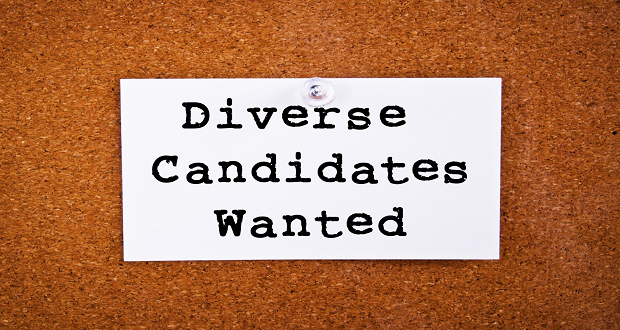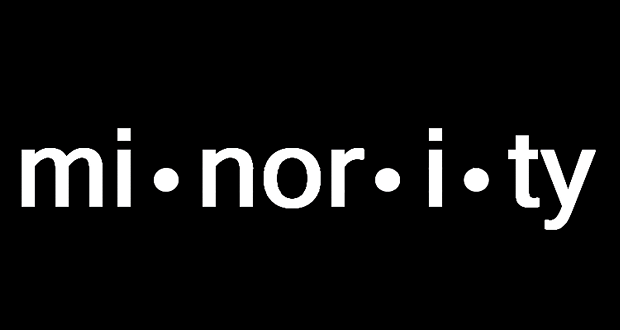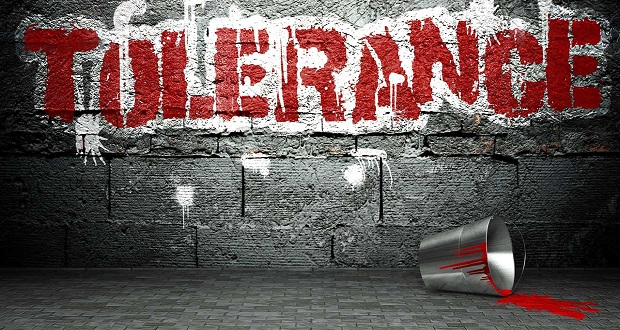
The terms “diverse candidate” or “diversity hire” are becoming more popular in diversity parlance. I am hearing this term more and more as I work with clients in support of the development and implementation of their diversity strategies. Still in 2015 many organizations find it challenging to reach their hiring goals related to historically underrepresented groups such as women, people of color, individuals with disabilities (IWD), etc. The challenge becomes exponentially more difficult the higher level the position in the organization. I hear over and over again from clients that they have a difficult time filling top leadership positions with someone from a historically underrepresented group. But that is a whole other issue which I will likely tackle in my next series (Why is visible diversity still lacking in the senior ranks?).
For this post I want to challenge us to be mindful of code words. Diverse candidate or diversity hire are really codes for race/ethnic and/or gender diversity…especially women and people of color. It is understood by most of us that we are talking about the visible dimension of diversity for which companies get diversity credit.
However, if we claim to define diversity with the myriad dimensions (e.g. age, sexual orientation or identity, gender [male and female], education, military status, etc.) that embody the term, everybody is a “diverse candidate” or a “diversity hire”. Everyone comes with some aspect of diversity. A white male is not usually considered a diverse hire because white men often represent the majority and have not been historically underrepresented. But what about a white male hire in a historically female dominated industry like nursing? Would we consider him a “diverse hire”. I think not.
One of the reasons that we are stymied in our progress in the diversity and inclusion field is we talk out of both sides of our mouth so to speak. On the one hand we argue that diversity is more than women and people of color and that everyone is included in the diversity mix. On the other, we perpetuate terms like “diversity hire” knowing full well that what we really mean is a hire that can be counted against our representation goals (usually women and people of color including blacks, Latinos, Asians, Pacific Islanders, Native Americans).
What is the Inclusion Solution?
Be specific. If you want to hire a woman say so. If you want to hire a person of color make it clear but also make the business case so it does not appear that you are simply filling some arbitrary “quota”. How will the addition of such diversity support your business objectives? For example, “our customer base increasingly includes Asian Americans and we do not have any Asians represented on our leadership team who can help us ensure we are meeting the needs of these customers.” Or, “we want to develop products and services that meet the needs of individuals with physical disabilities and we have no one on our team who represents that community.”
Let’s stop using code words that sound more PC but in effect continue to exclude.


















